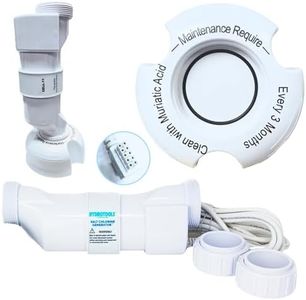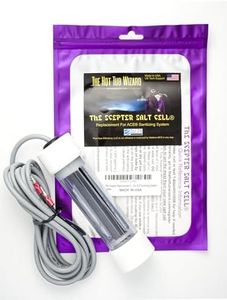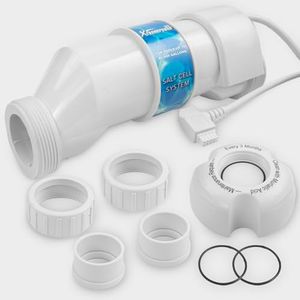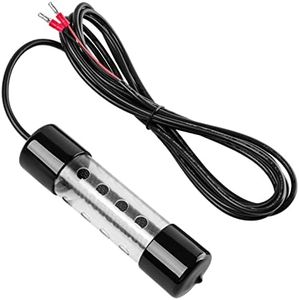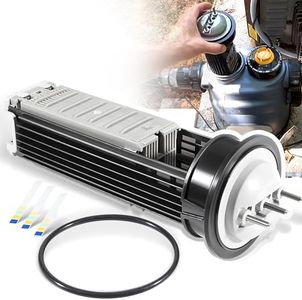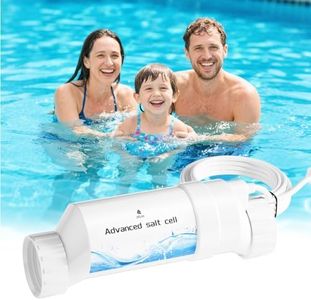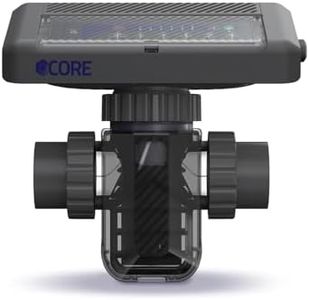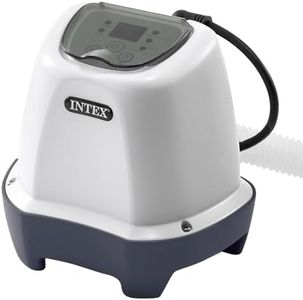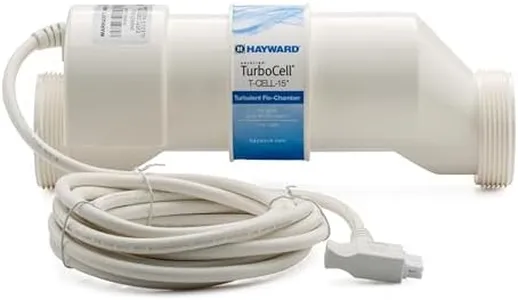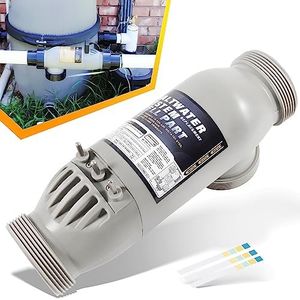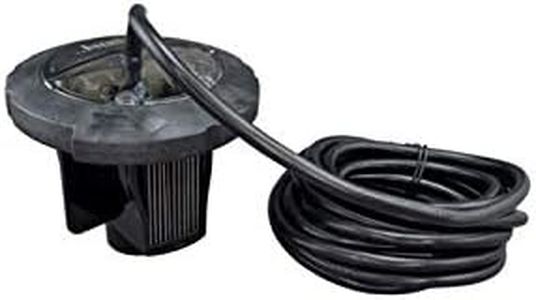We Use CookiesWe use cookies to enhance the security, performance,
functionality and for analytical and promotional activities. By continuing to browse this site you
are agreeing to our privacy policy
10 Best Salt Cell Replacements
From leading brands and best sellers available on the web.Buying Guide for the Best Salt Cell Replacements
When you need to replace the salt cell in your pool’s saltwater chlorination system, picking the right one is essential for safe, clean swimming water and for the long-term durability of your pool system. Since salt cells come in various types and capacities, understanding the main specifications will help you choose a cell that fits both your pool and your usage patterns. Making the right choice is about knowing your pool size, how much you use the pool, and understanding your existing chlorinator’s compatibility requirements.CompatibilityCompatibility refers to whether the salt cell will work with your current chlorinator control unit and plumbing. Not all salt cells are universal—some are only designed for specific brands or models. This is important because a non-compatible cell might not function at all, or worse, could damage your system. When navigating compatibility, check your pool system’s manual or current salt cell model, and compare it with the cell’s supported models and plumbing sizes. If your chlorinator is old or uncommon, you may need to look specifically for replacement cells designed for legacy systems. The best fit is always a cell that is recommended by the manufacturer or a widely recognized, compatible aftermarket part.
Pool Size (Gallons or Liters)This spec tells you the maximum pool size that the salt cell can efficiently service, typically listed in gallons or liters. This is crucial because an undersized cell will struggle to keep your pool sanitized, especially during periods of heavy use or hot weather, while an oversized cell may lead to wasting energy or excessive chlorine production. Pool size ratings are usually grouped like under 15,000, 20,000, 30,000, or over 40,000 gallons. To choose, match the cell’s maximum rated pool size with your pool’s actual volume, and consider going a bit higher if you want better performance or if your area has high temperatures and usage.
Chlorine OutputChlorine output is the amount of pure chlorine the cell can produce, usually shown as pounds or grams per day. This is important because a higher output cell can sanitize larger or busier pools more reliably, whereas a lower output cell is suited for smaller, lightly used pools. Cells with higher outputs typically allow for more flexibility and less frequent maintenance. Look for output values segmented as low (for spas or small pools), medium (most backyard pools), or high (large or commercial pools). Decide based on your pool size, the number of swimmers, and the climate—higher heat and heavier use require more chlorine.
Cell Lifespan (Hours or Years)Lifespan indicates how long the cell is expected to last before it needs replacement, given in operating hours or estimated years. This is significant because a longer lifespan means fewer replacements and less hassle. Lifespan values can be grouped as short (2-3 years), average (3-5 years), or extended (5+ years). To choose, think about how often you want to perform maintenance or replacements; a longer-lasting cell can be ideal for those who prefer not to change parts frequently or who want a low-maintenance pool.
Self-Cleaning FunctionSelf-cleaning means the cell can reverse its polarity to help reduce mineral build-up (like calcium scaling), which can extend its lifespan and reduce cleaning needs. This is a useful feature because excessive scaling shortens the cell’s life and requires manual cleaning, which can be inconvenient. Some cells are basic (manual clean only), some have periodic self-clean cycles, and advanced ones have fully automated self-cleaning. If you have hard water or want less maintenance, choose a cell with self-cleaning capabilities; otherwise, basic versions may suffice for soft water and low usage.
Ease of InstallationEase of installation refers to how simple it is to replace the cell in your existing setup without special tools or professional help. This matters because easier installation saves you time and potential installation costs. Some cells are plug-and-play—just unscrew and swap—while others might require plumbing adjustments or even rewiring. If you are comfortable with DIY tasks, you might handle a more complex cell, but for most users, choosing a cell labeled as 'direct replacement' for your system ensures the swap is straightforward.


